APUSH Period 1
1/25
There's no tags or description
Looks like no tags are added yet.
Name | Mastery | Learn | Test | Matching | Spaced |
|---|
No study sessions yet.
26 Terms
Mayan, Inca and Aztecs
The most complex Indian communities living in Latin America in the area known as meso-america destroyed by Spanish conquistadors
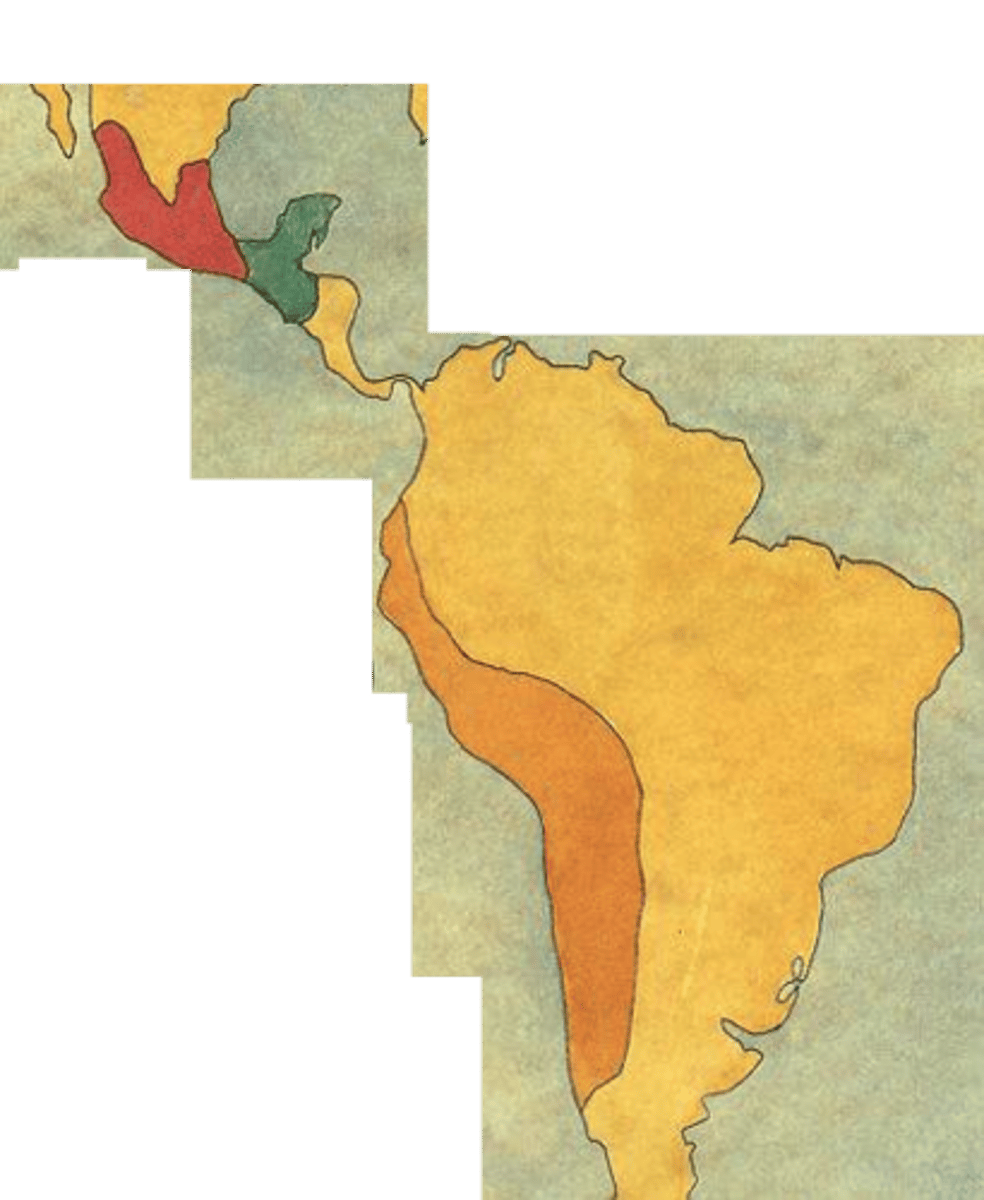
Maize
This crop transformed nomadic hunter-gatherer societies into settled farm communities
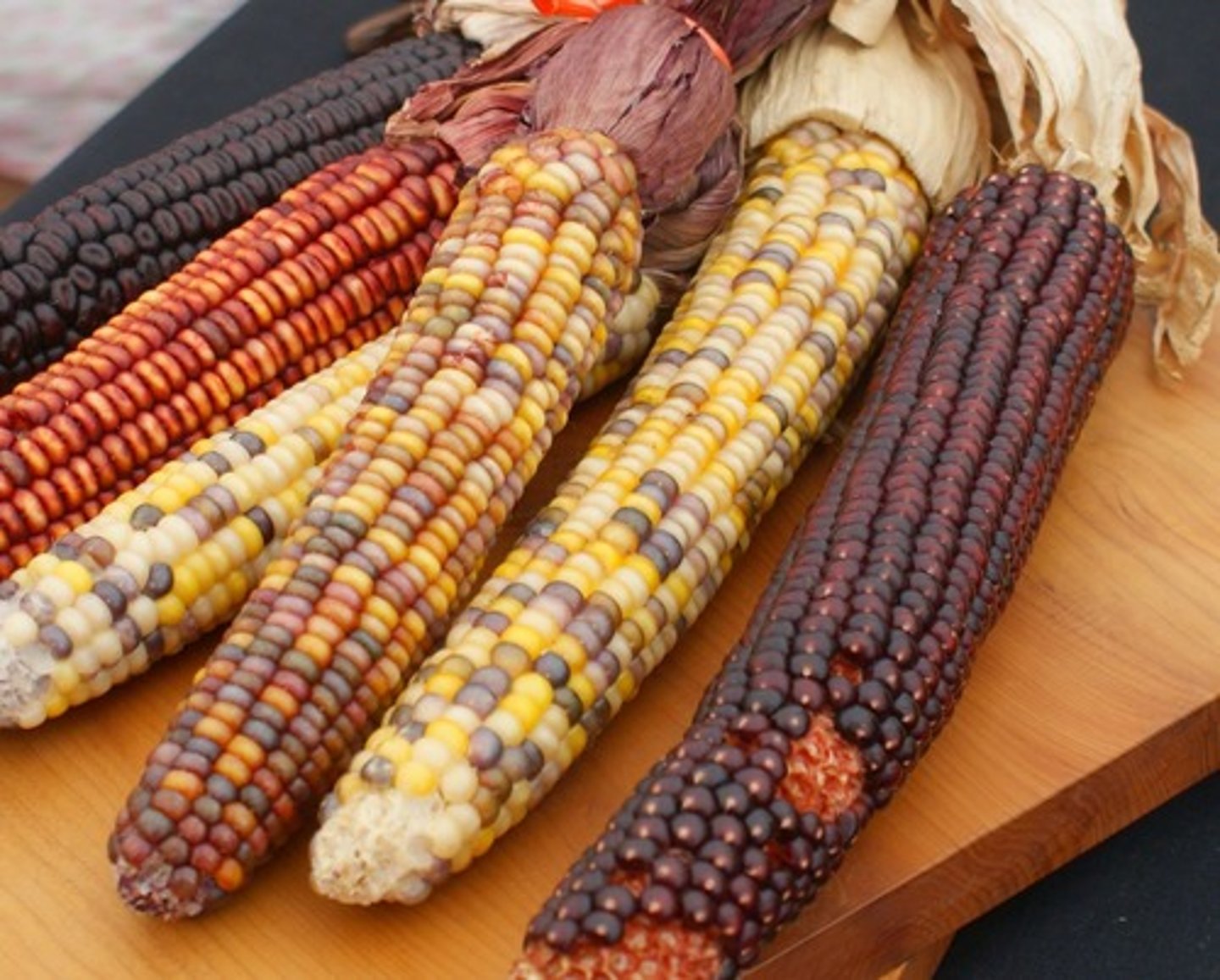
God, Gold & Glory
3 motives for Spanish Exploration
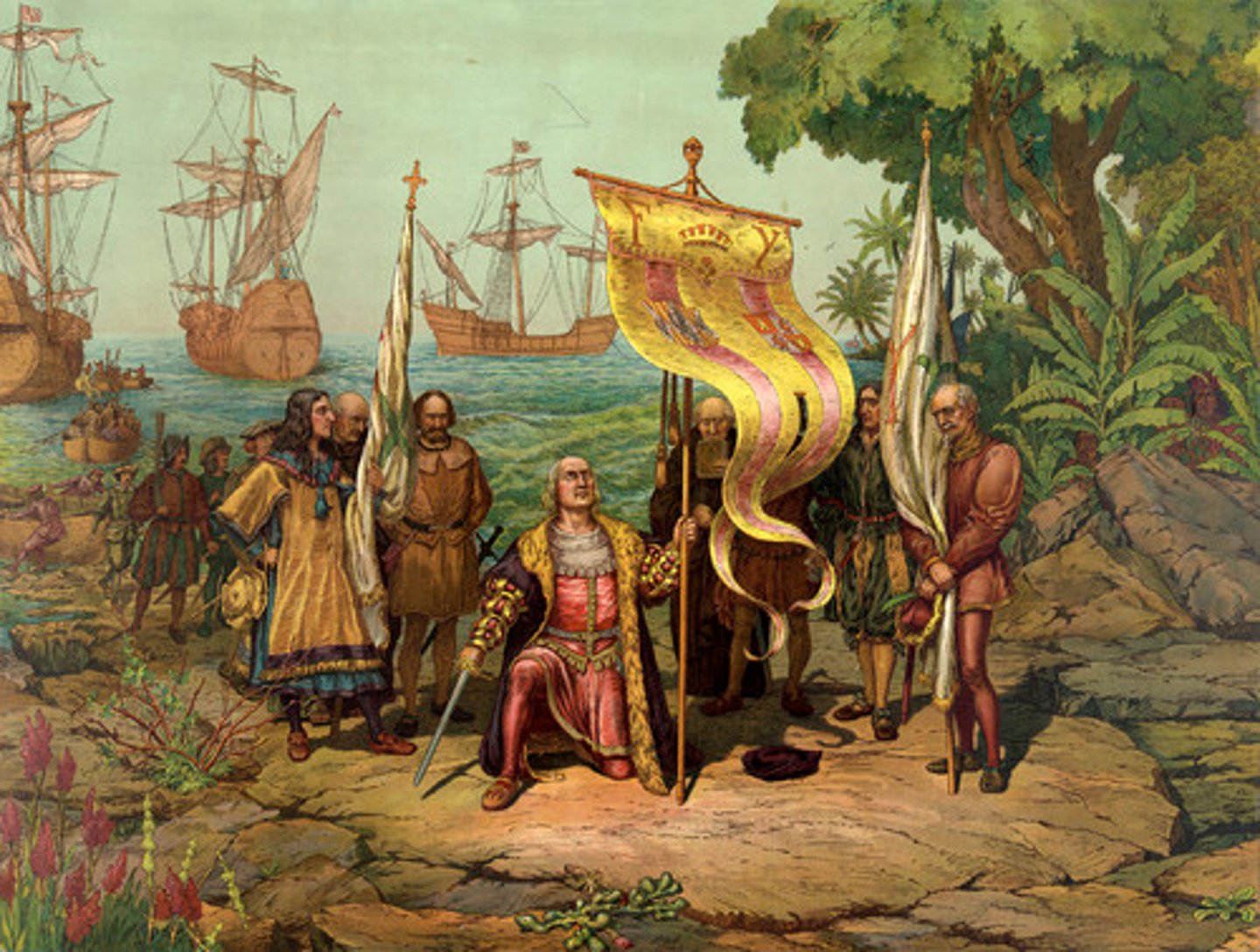
Northeast Natives
Lived in permanent longhouses that had a rich diet based on agriculture, hunting & fishing
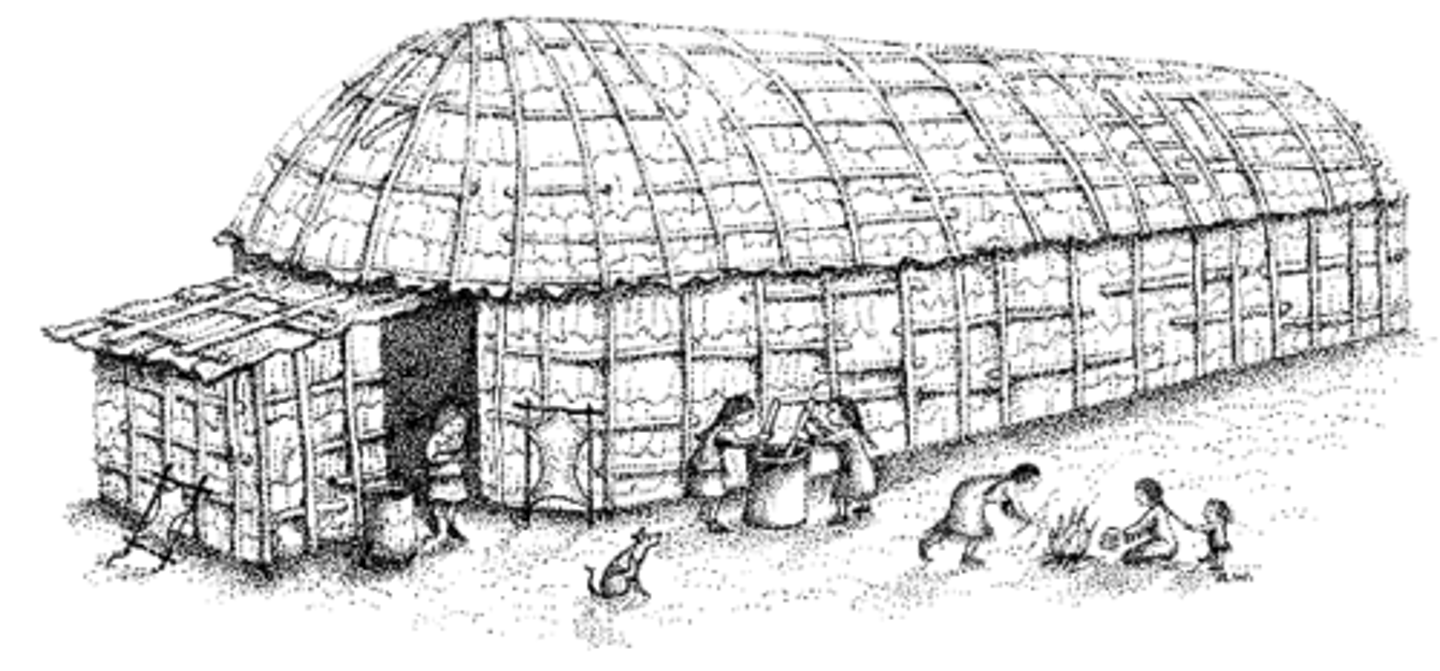
Great Plains Indians
Tribes that were nomadic OR farmers/traders; hunted buffalo, raised maize, beans & squash
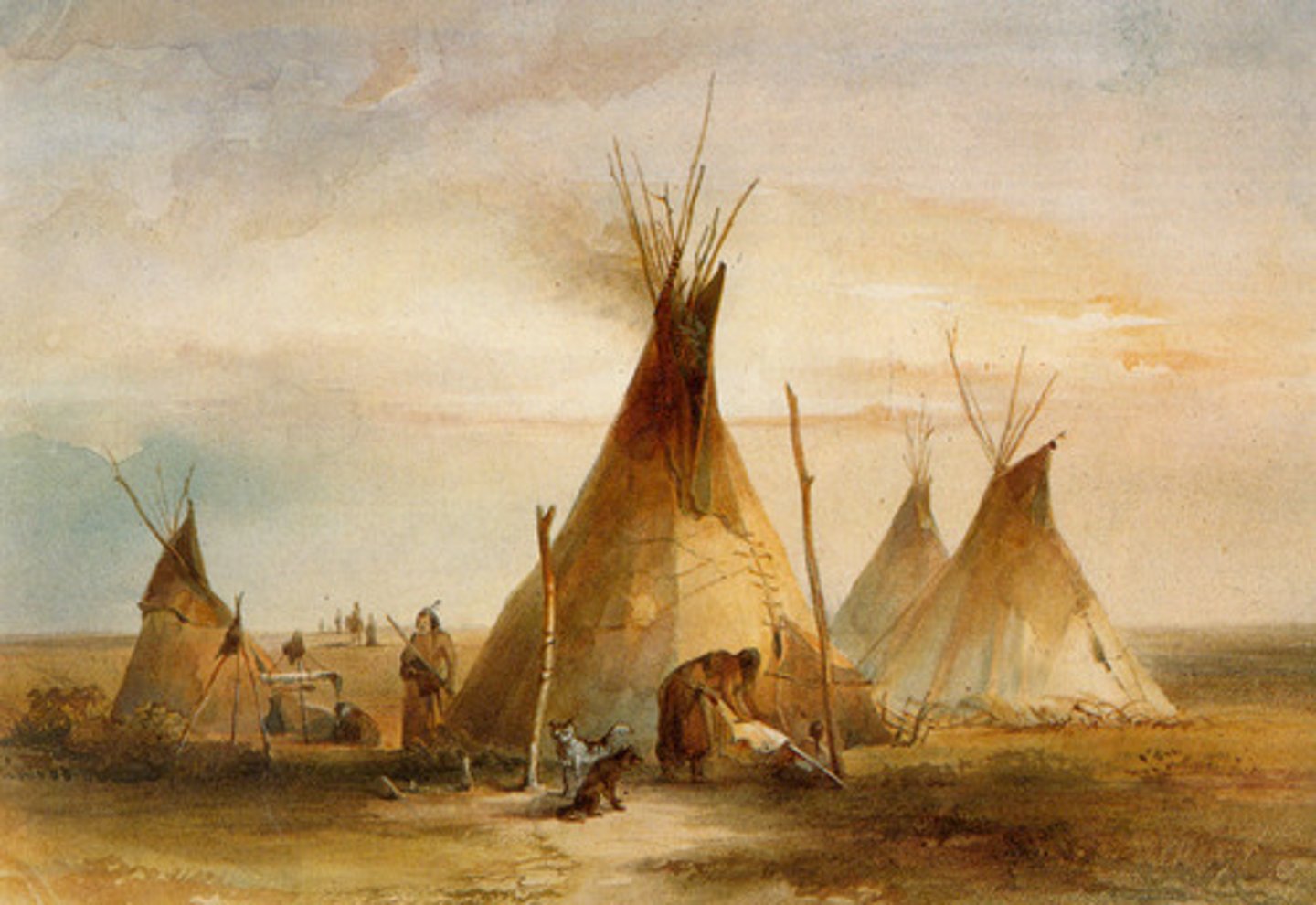
Treaty of Tordesillas
Divided the trade routes to Asia: Spain gets the route across the Atlantic and Portugal gets the route around Africa. Also, Spain got a lot of land in the New World and Portugal got present-day Brazil.
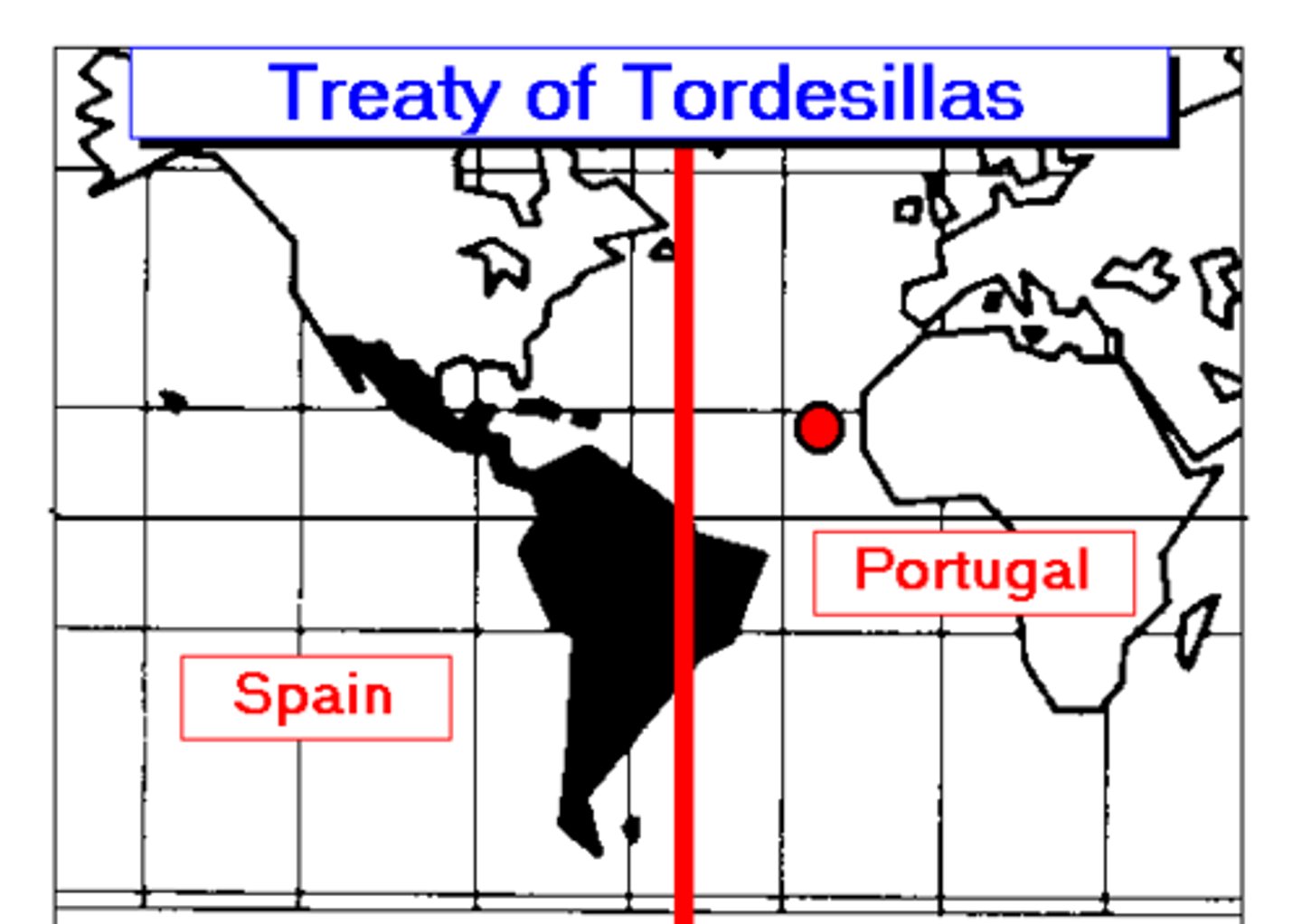
Bartolome de las Casas
Spanish priest who spoke out against mistreatment of Native Americans
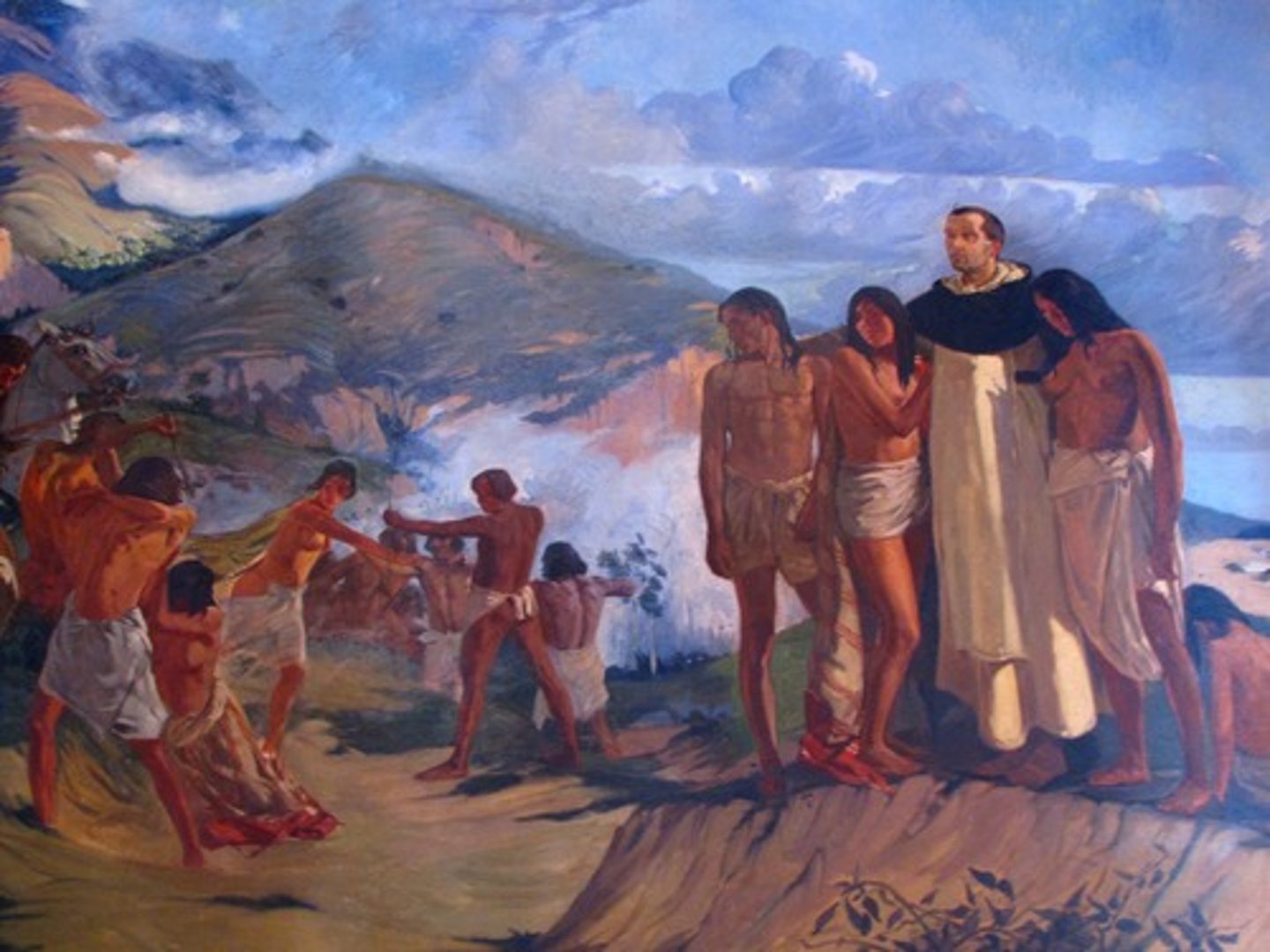
Christopher Columbus
Explorer who won the backing of Queen Isabella & King Ferdinand of Spain to sail west from Europe to the "Indies."
Columbian Exchange
Exchange of plants, animals, and diseases (ex: beans, corn, potatoes, tomatoes & tobacco) between Old World and New World after the time of Columbus.
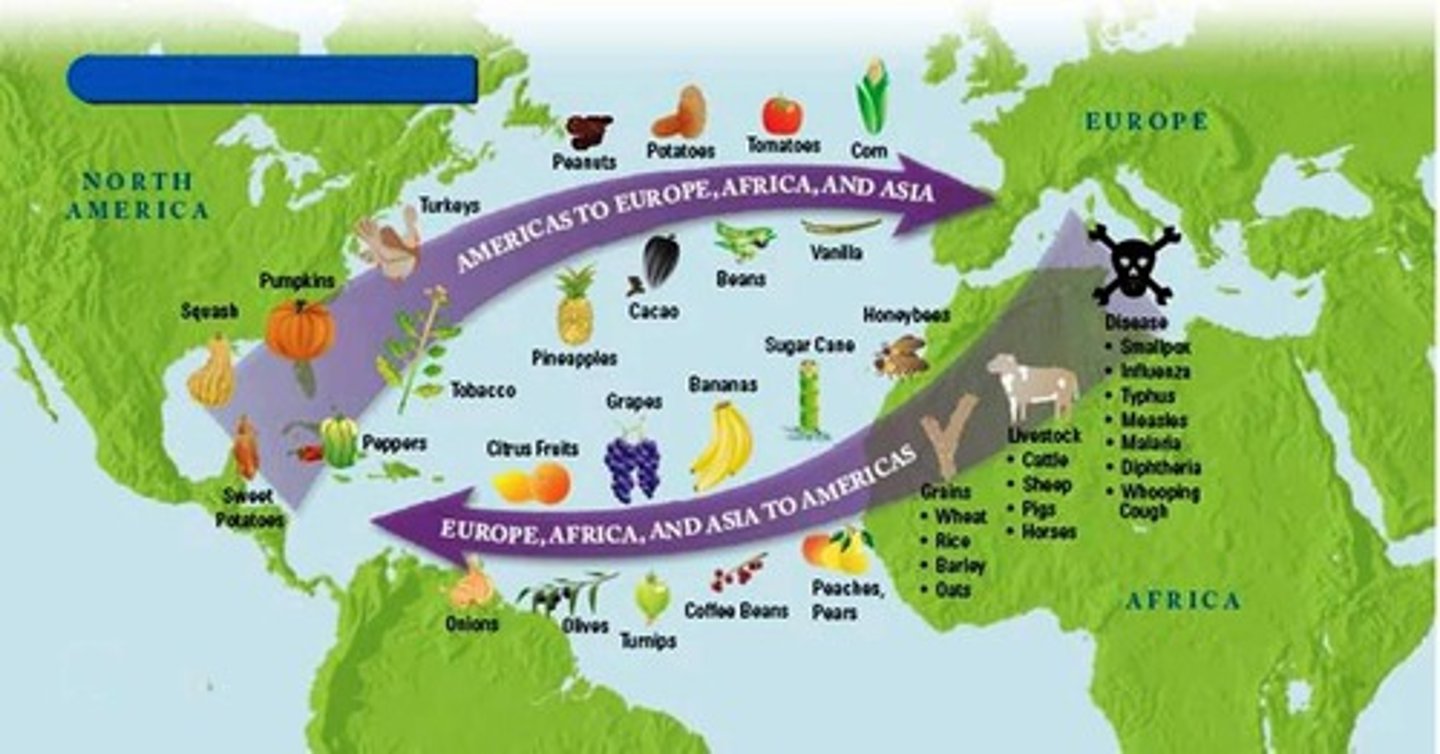
Corn, beans, squash
3 crops from the Americas ended up being staple crops in Europe. Part of the Colombian Exchange
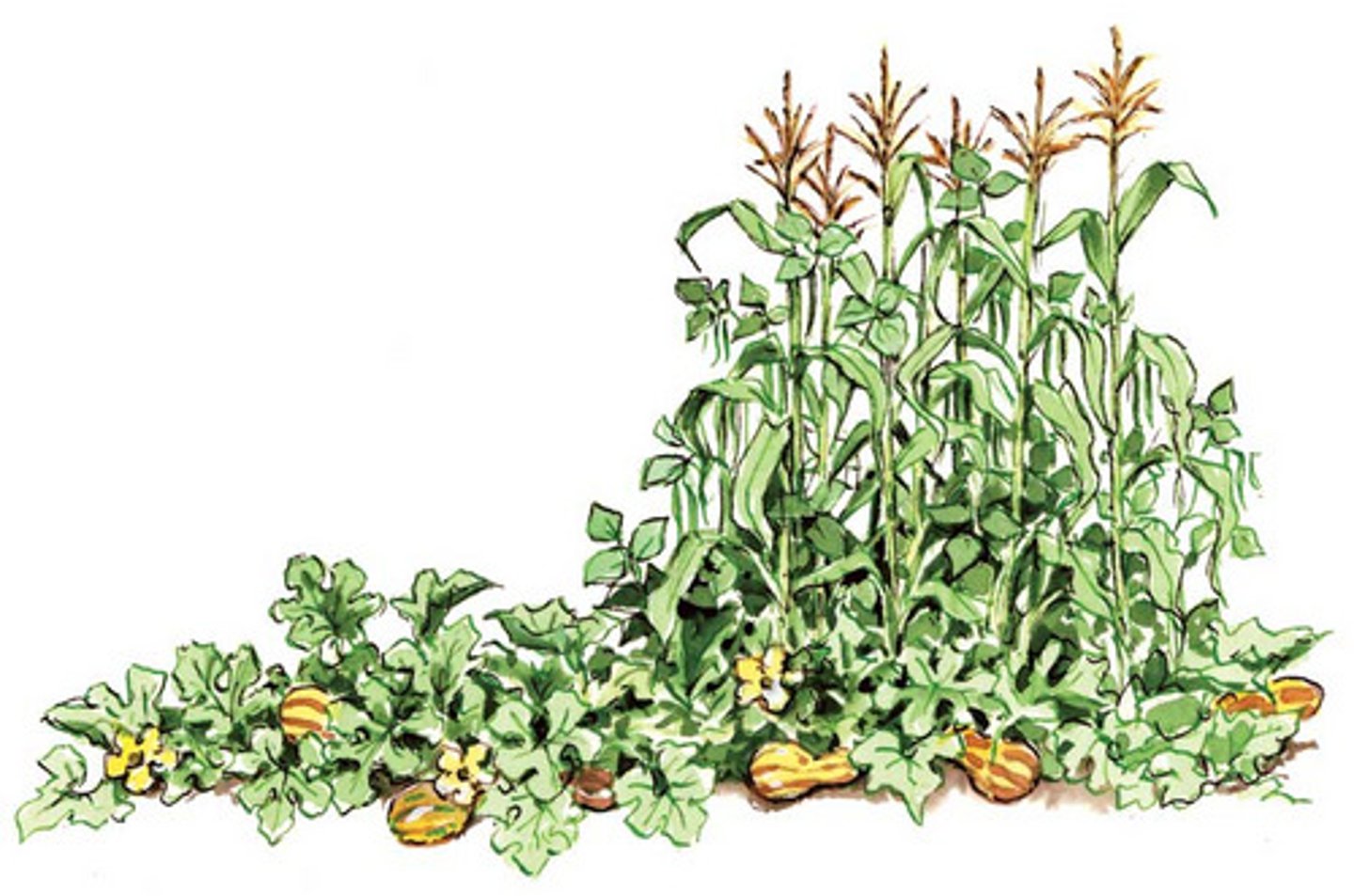
Horses (and other domesticated animals)
Animal introduced by the Spanish that changed the lifestyle of the Native American especially in regards to hunting Bison in the Great Plains
Smallpox, malaria, yellow fever, influenza
Diseases from the Old World and went to the New World which wiped out the native population and lead to the end of the Encomienda System
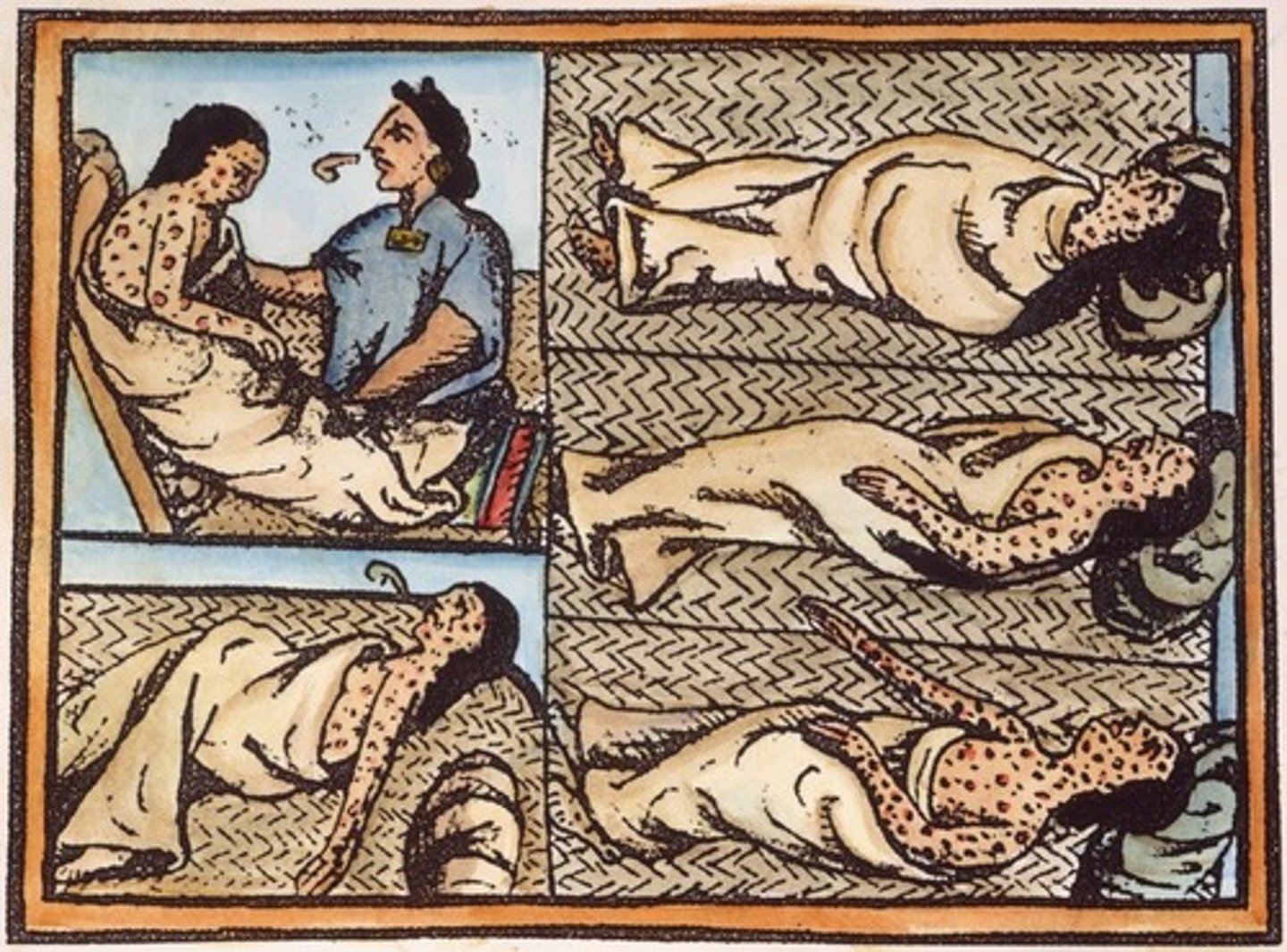
Valladolid Debate
The argument between Bartolome de Las Casas and Juan Gines de Sepulveda over treatment of Indians by the Spanish. The debate took place in Valladolid, Spain.
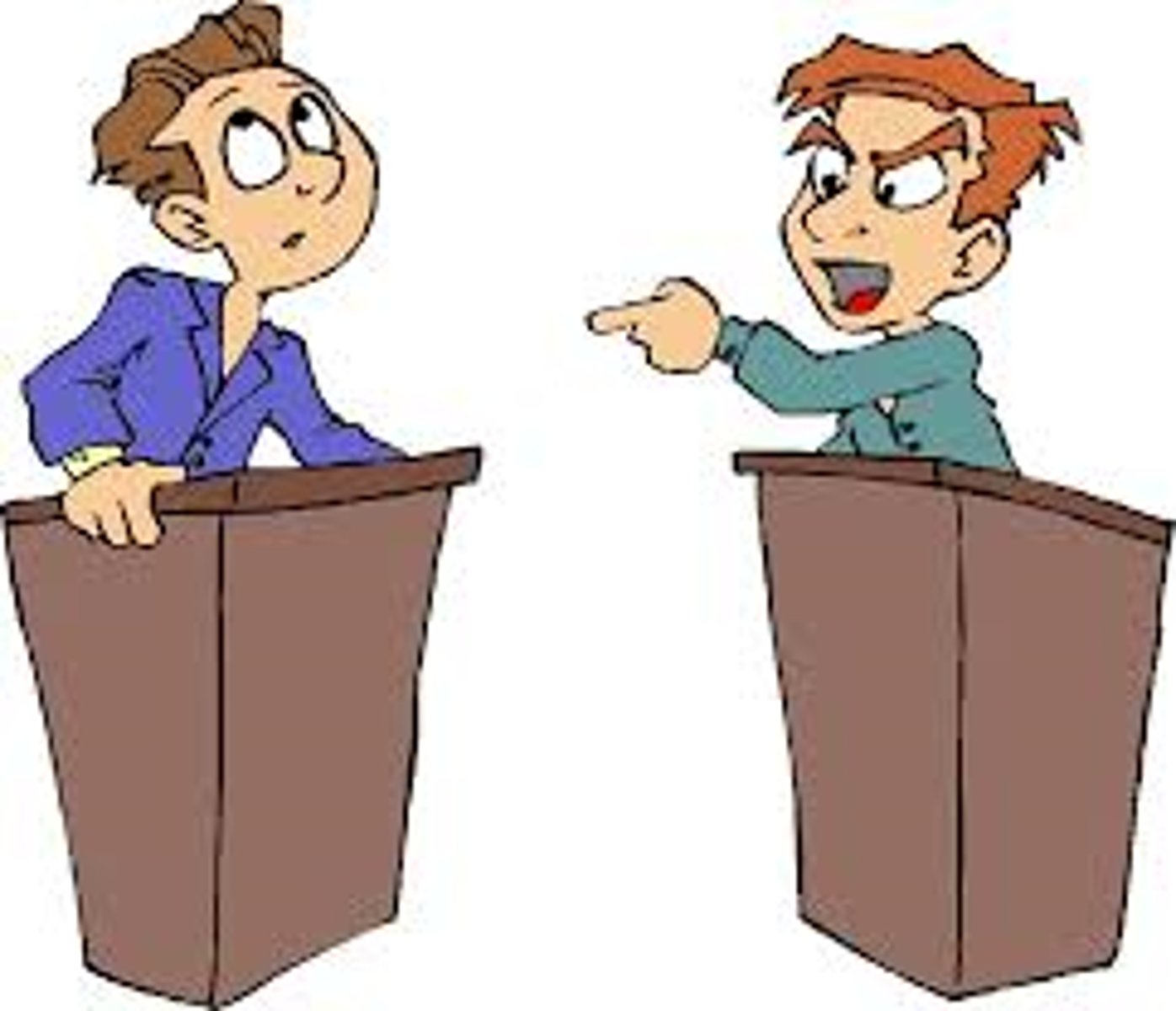
Encomienda System
A grant of land made by Spain to a settler in the Americas, including the right to use Native Americans as laborers on it; essentially set up slavery for Native Americans. In exchange for labor the Natives were converted to Christianity for slavation.
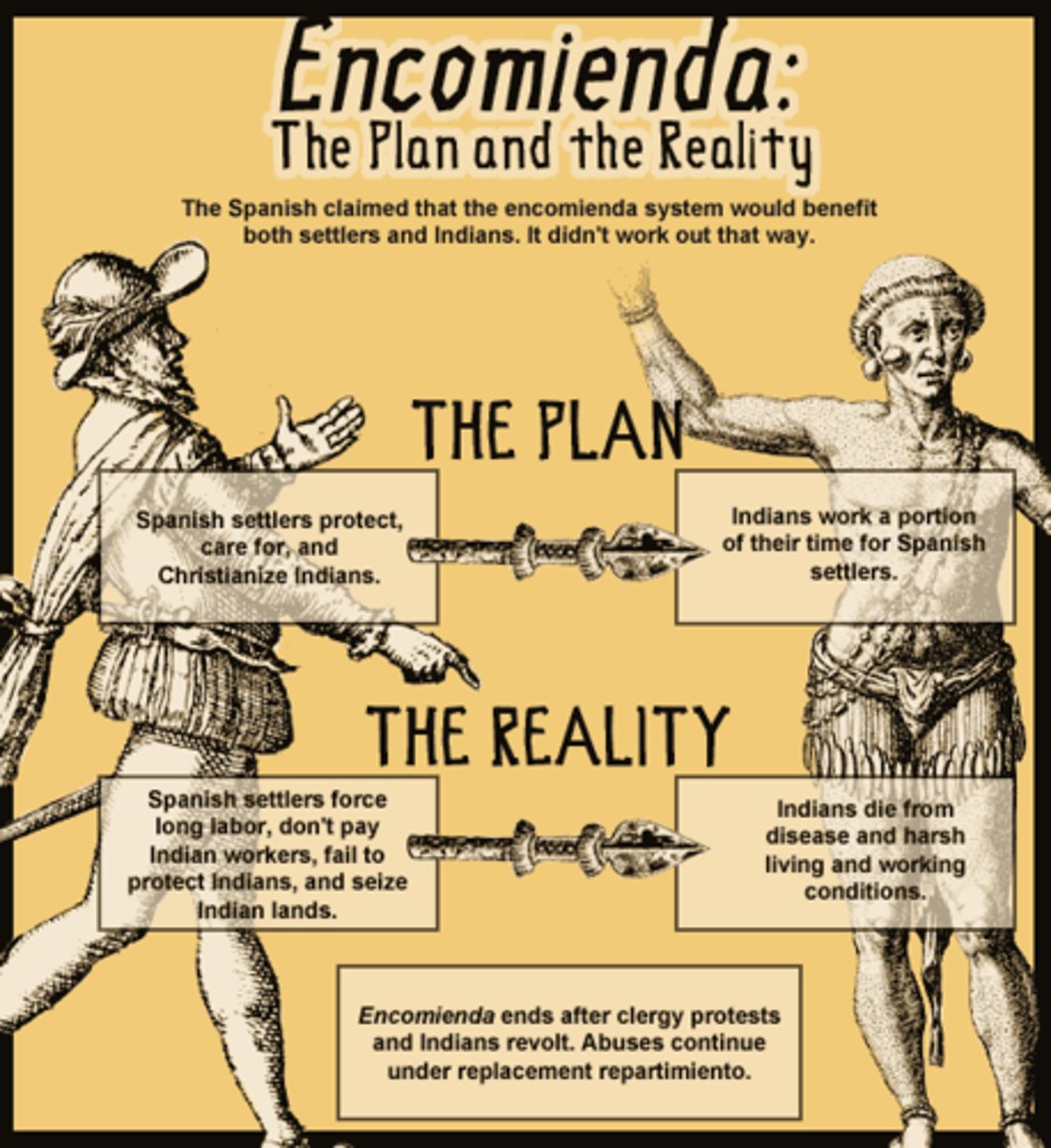
Atlantic Slave Trade/Middle Passage
Lasted from 16th century until the 19th century. Trade of African peoples from Western Africa to the Americas. 98% of Africans were sent to the Caribbean, South and Central America.
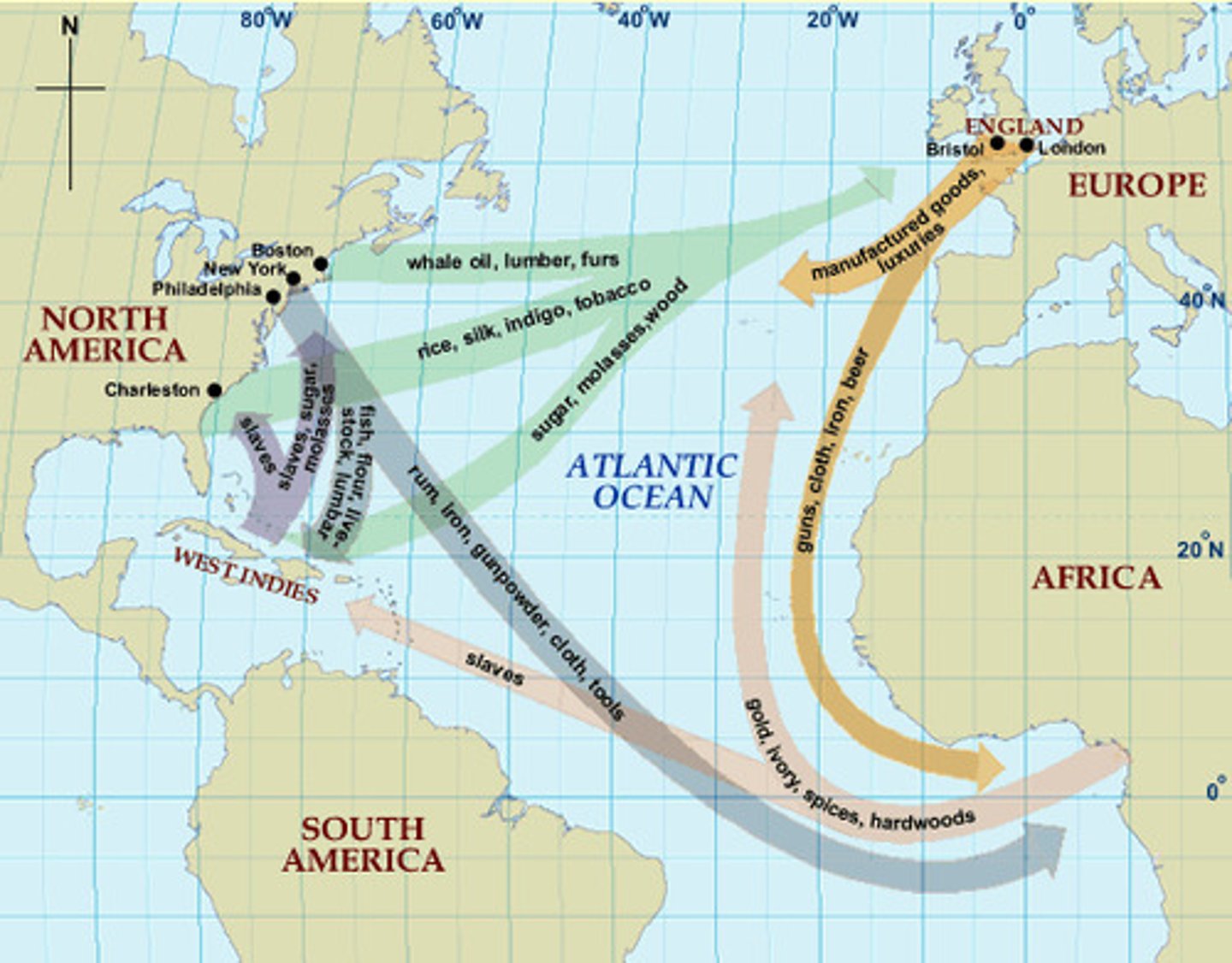
Mestizo
People with mixed Indian & European heritage
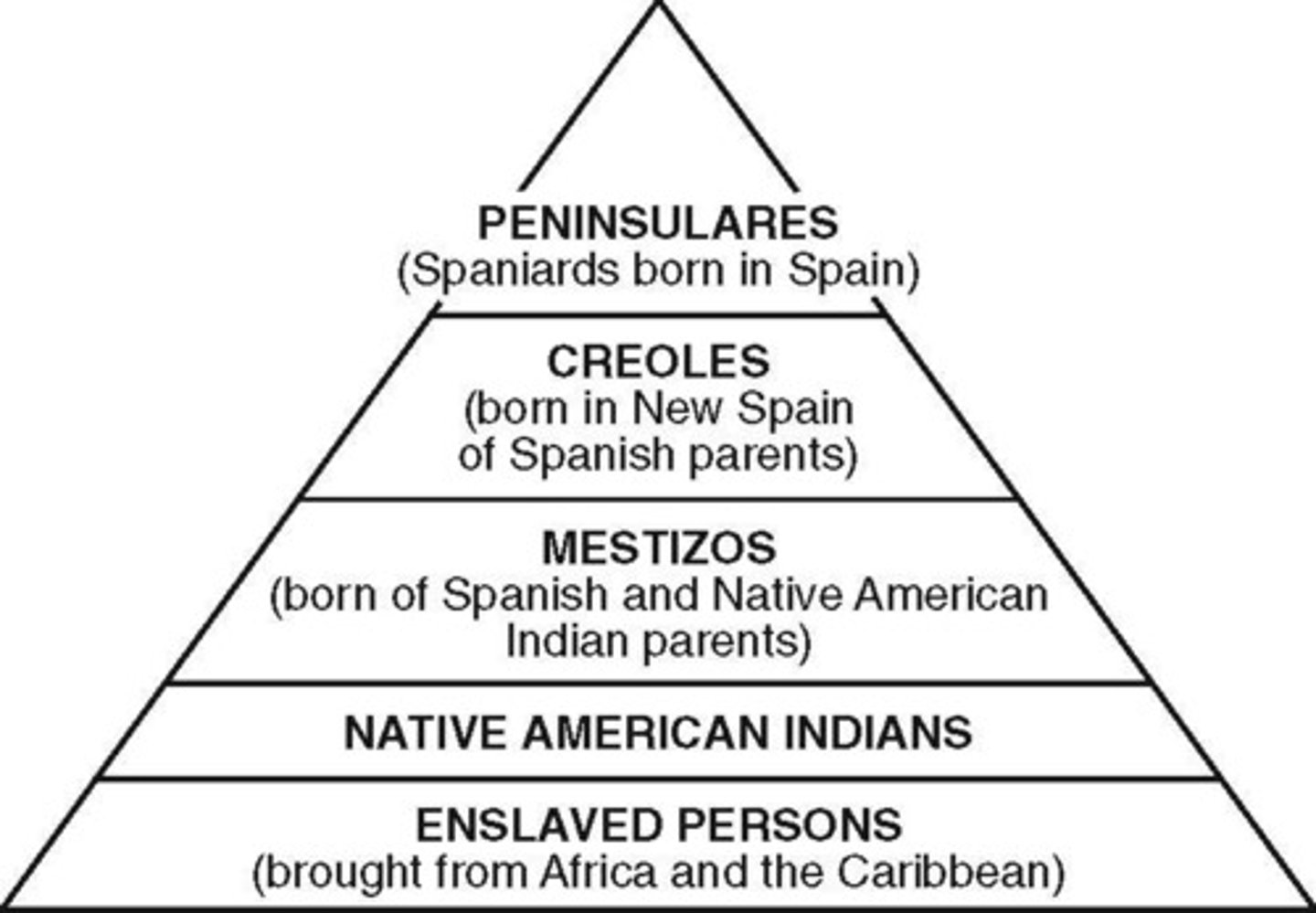
Creoles
In colonial Spanish America, term used to describe someone of European descent born in the New World. Elsewhere in the Americas, the term is used to describe all nonnative peoples.
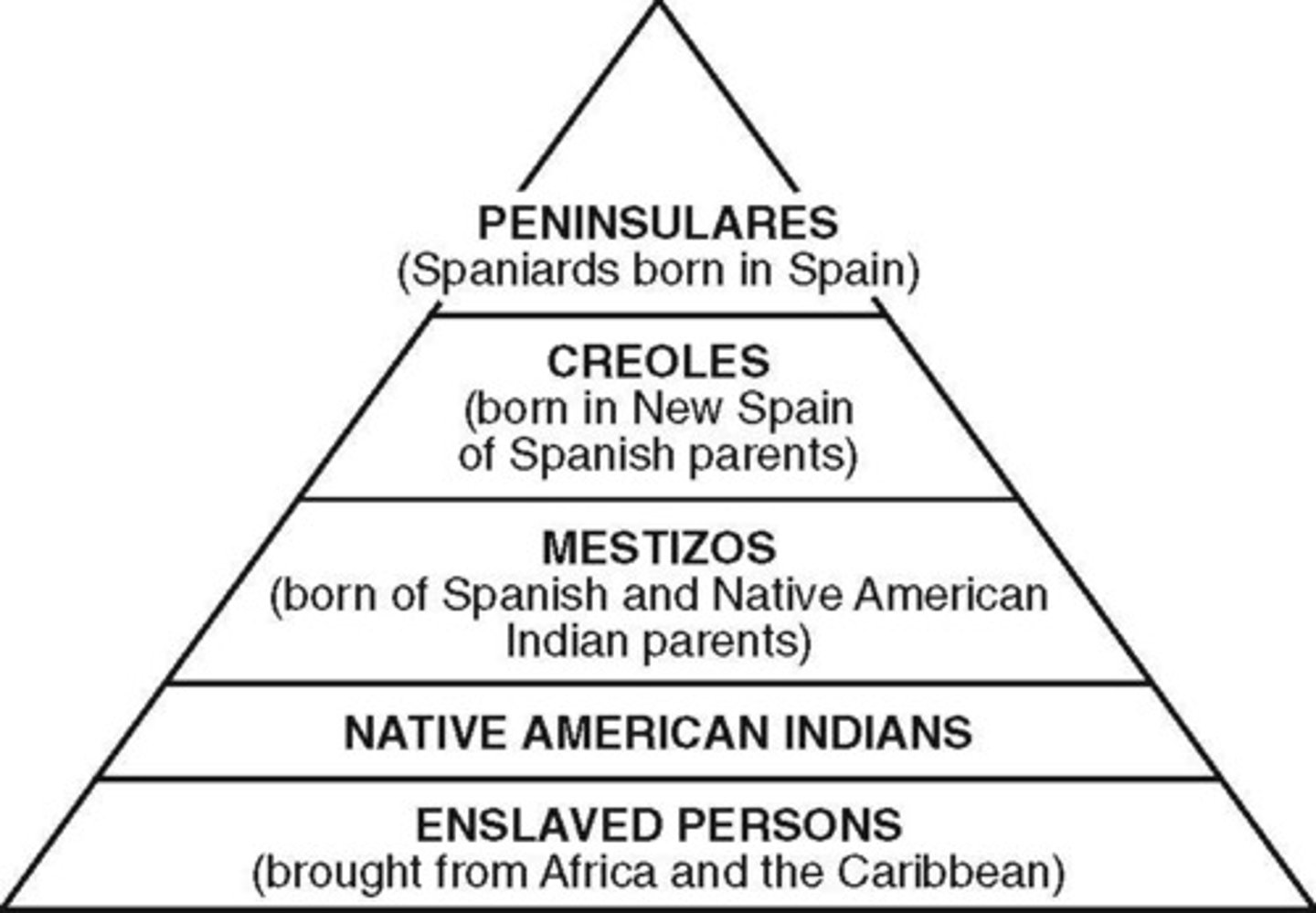
Cultural autonomy and Land Ownership
Conflicts between Natives and Europeans were for the Natives to maintain this
Southwest Native Americans
people who lived in driest region and adapted to the environment through irrigation, cliffdwellings, adobe apartments, pithouses
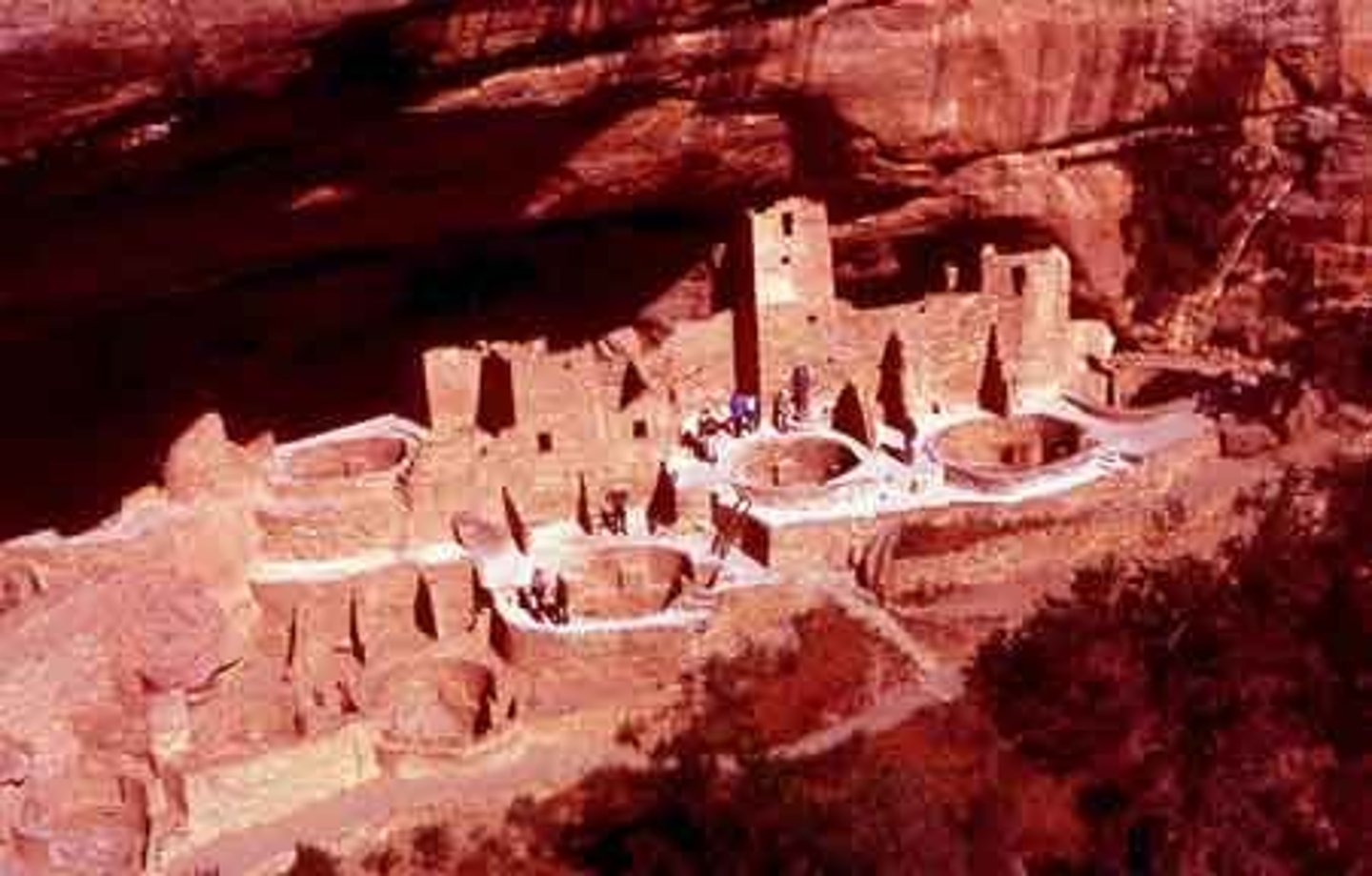
buffalo
a large wild animal. Was a source of food and resource for Native Americans
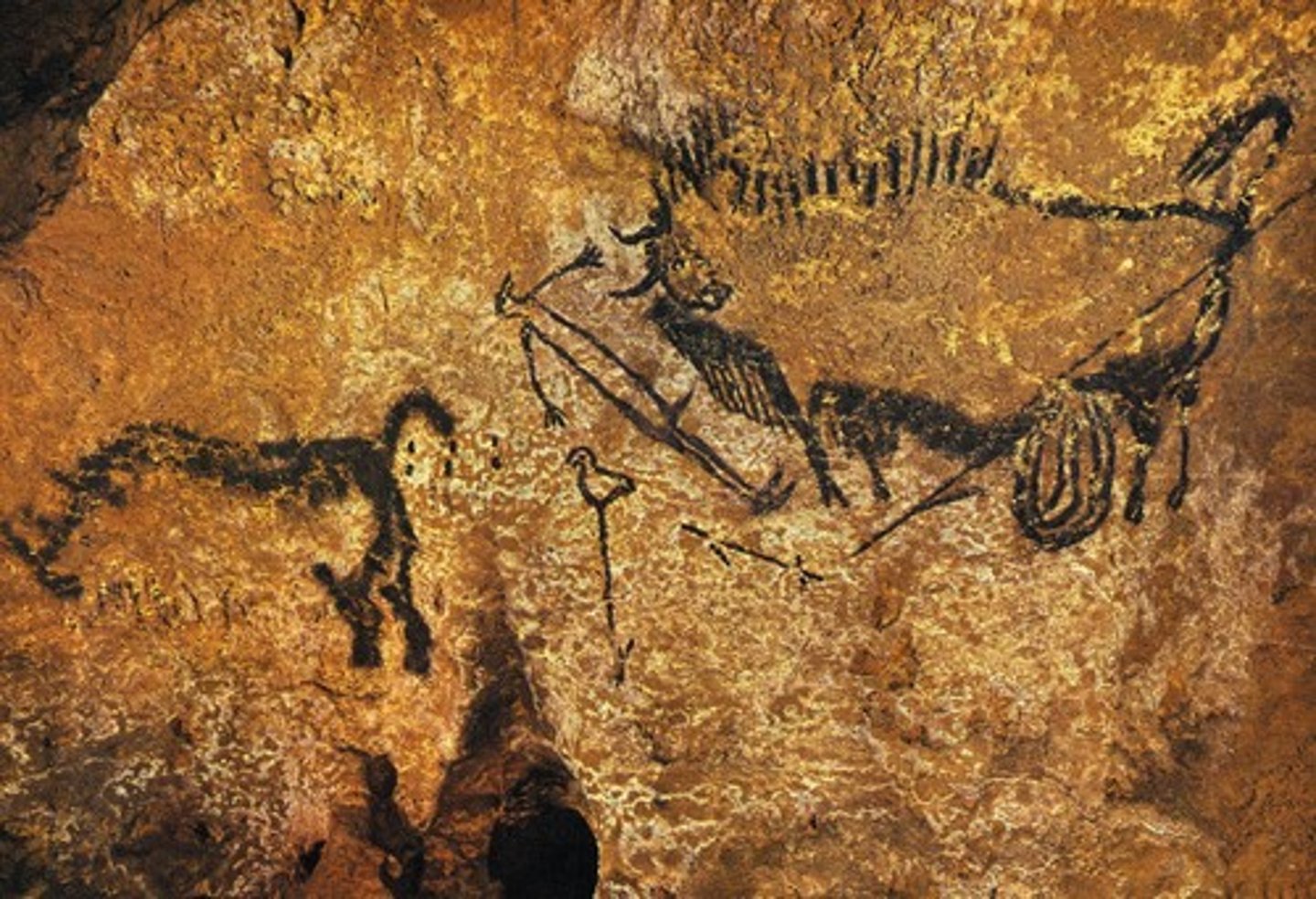
irrigation system
A way of supplying fresh water to an area of farmland.
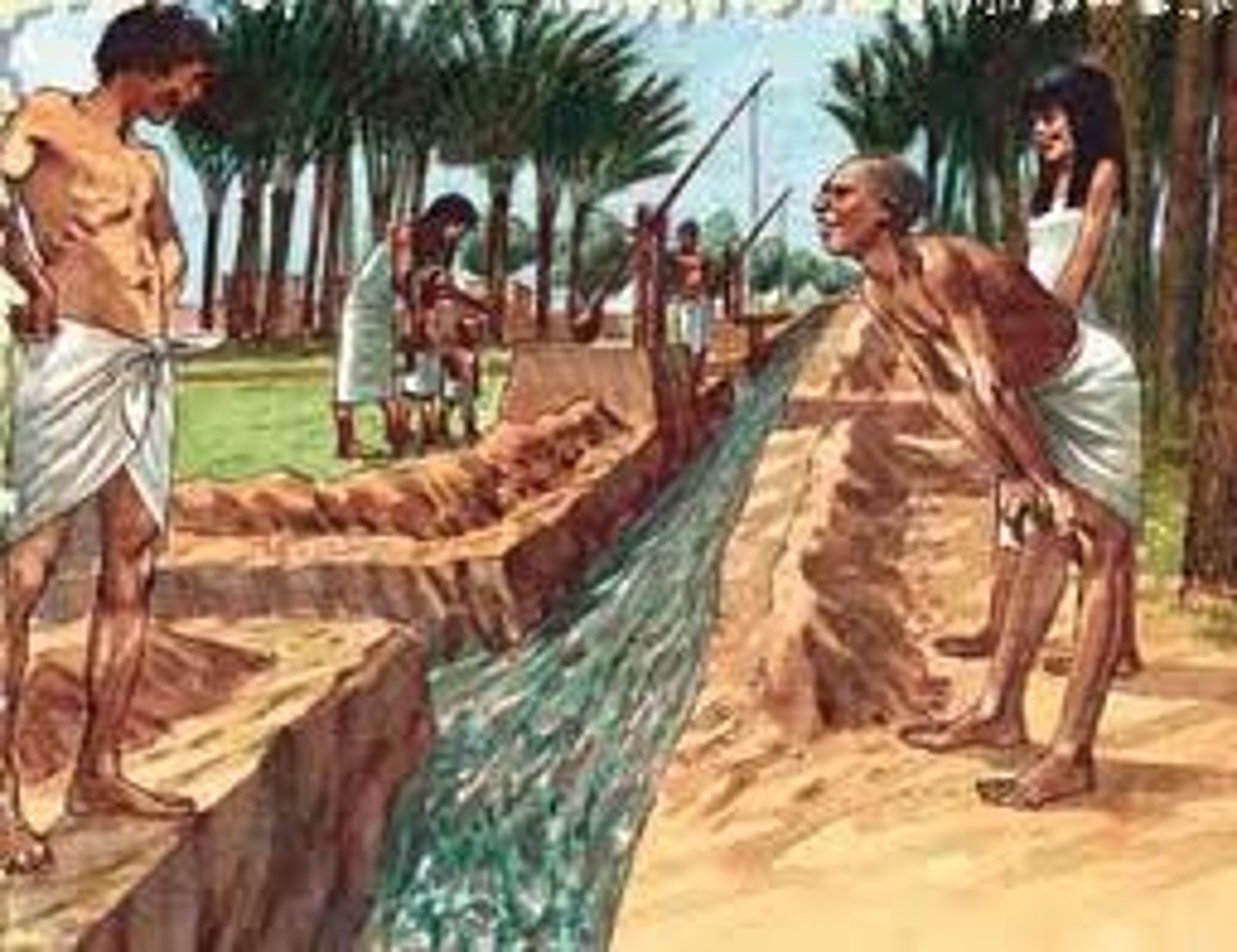
Mississippi Valley Tribe mounds
mounds demonstrate a hierarchical social/political organization in the towns of Mississippi Valley
Missionaries
A person sent on a religious mission. Mostly Christian missionaries sent to native settlements where the Spanish were trying to achieve influence.
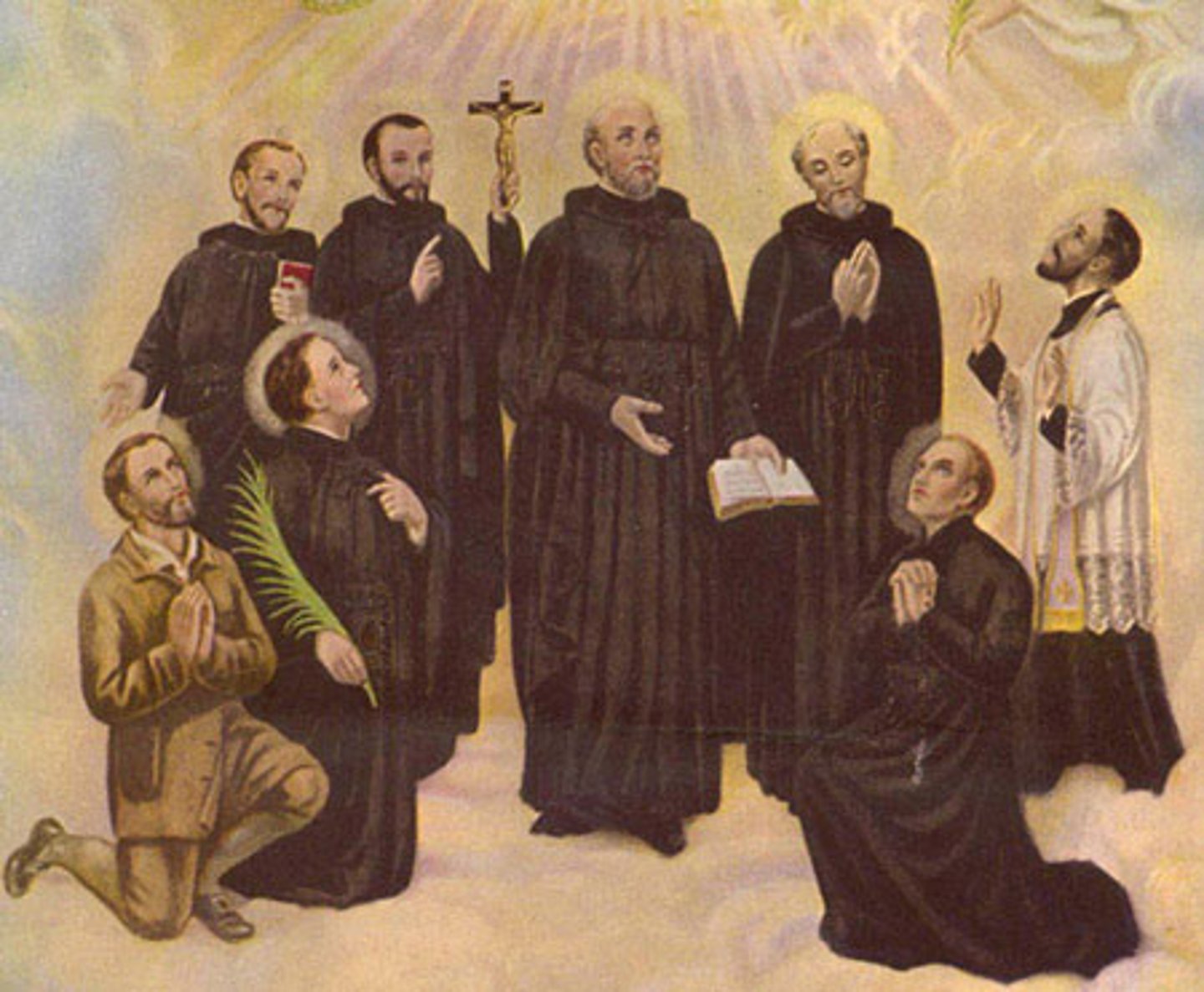
Spanish Missions
Their purpose was to convert and "civilize" the Natives (yes, sometimes against their will)
Conquistador
a Spanish conqueror of the Americas in the sixteenth century
ex. Hernan Cortes, Francisco Pizzaro
Peninsulares
Spanish-born, came to Latin America; ruled, highest social class on the Caste system